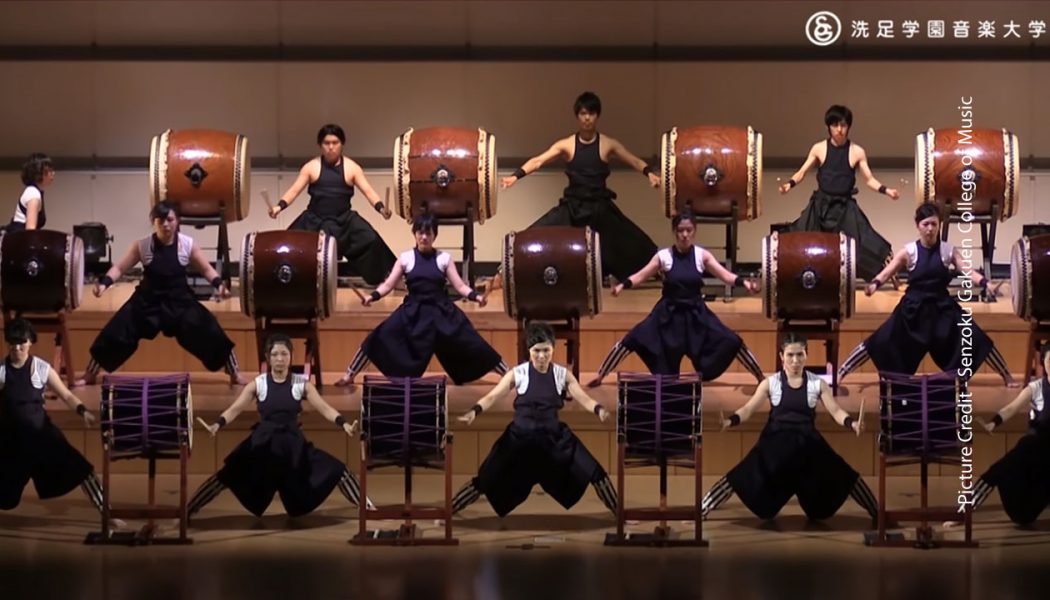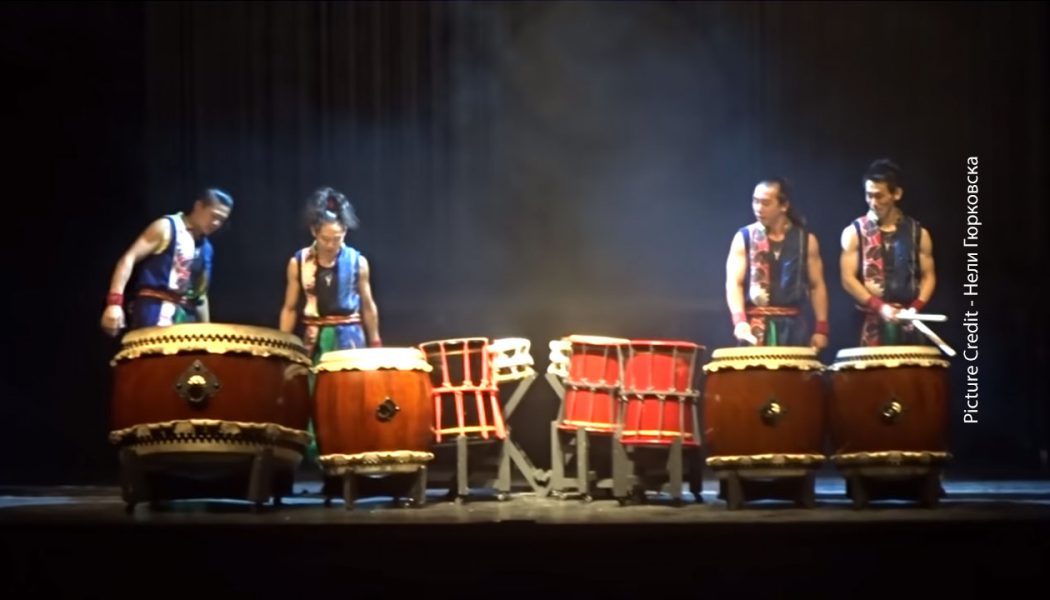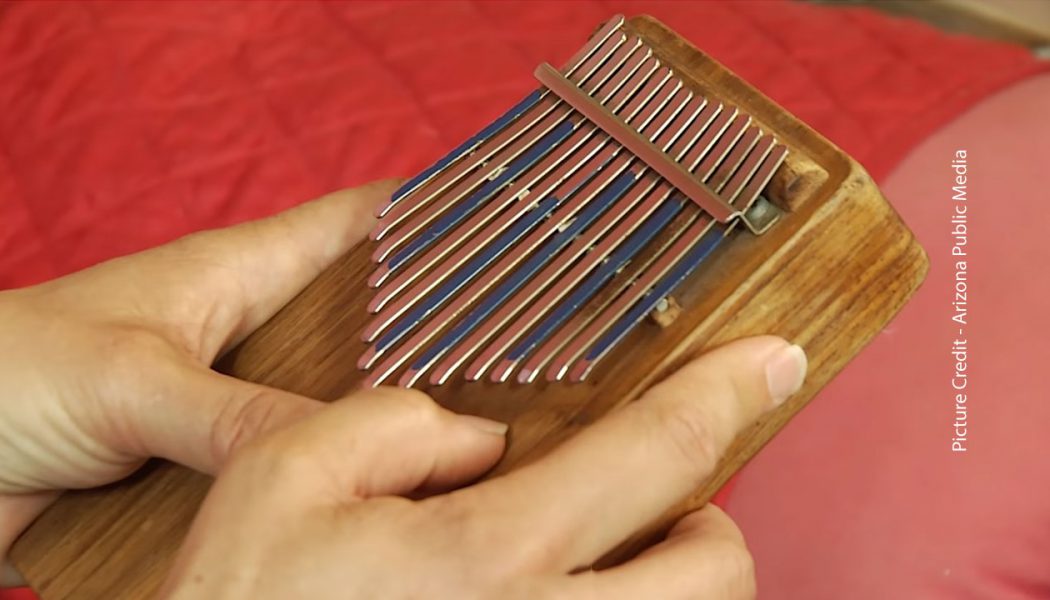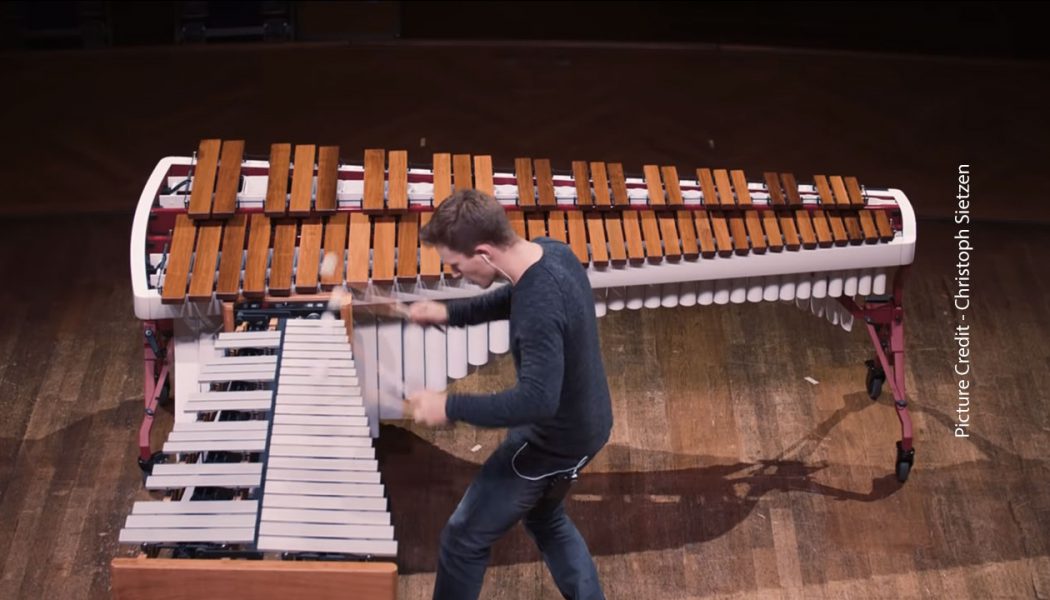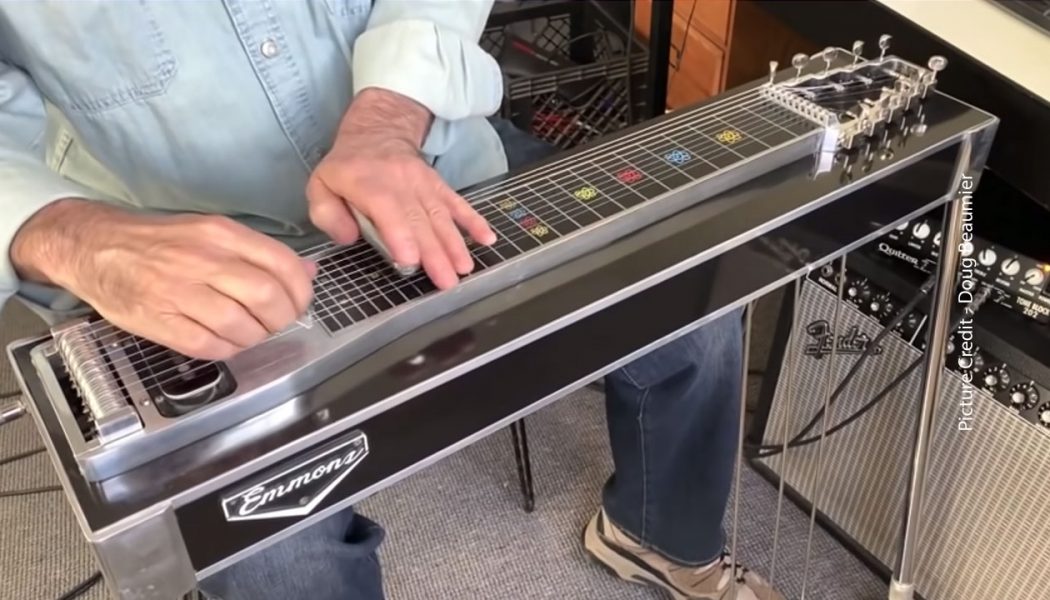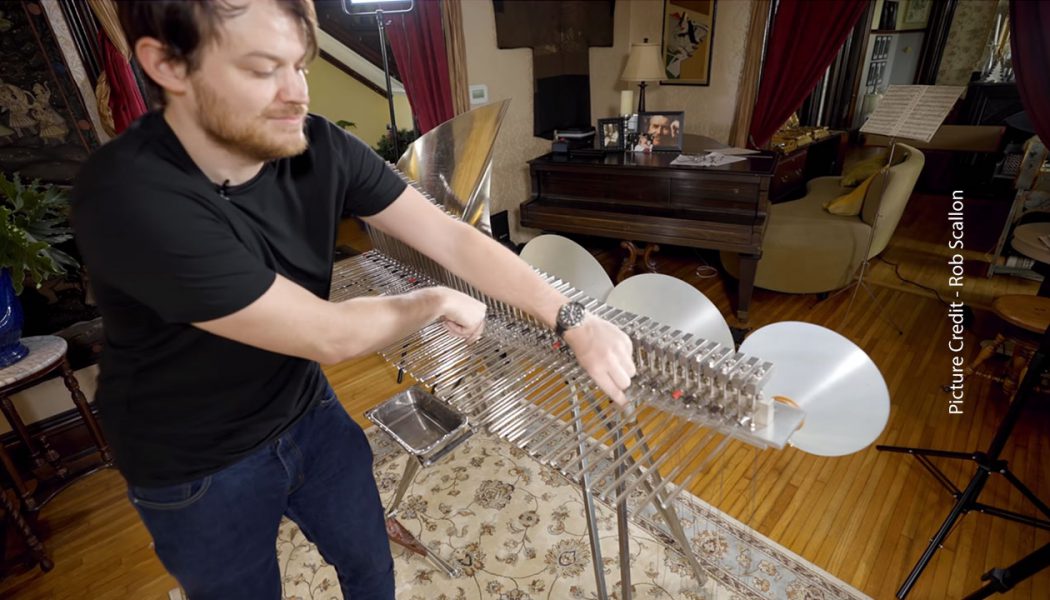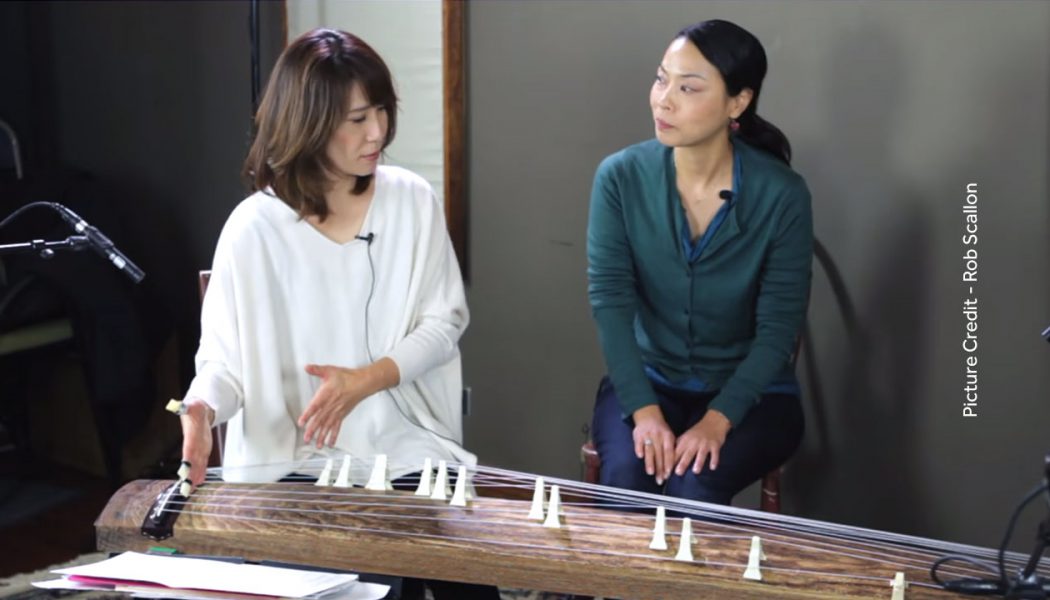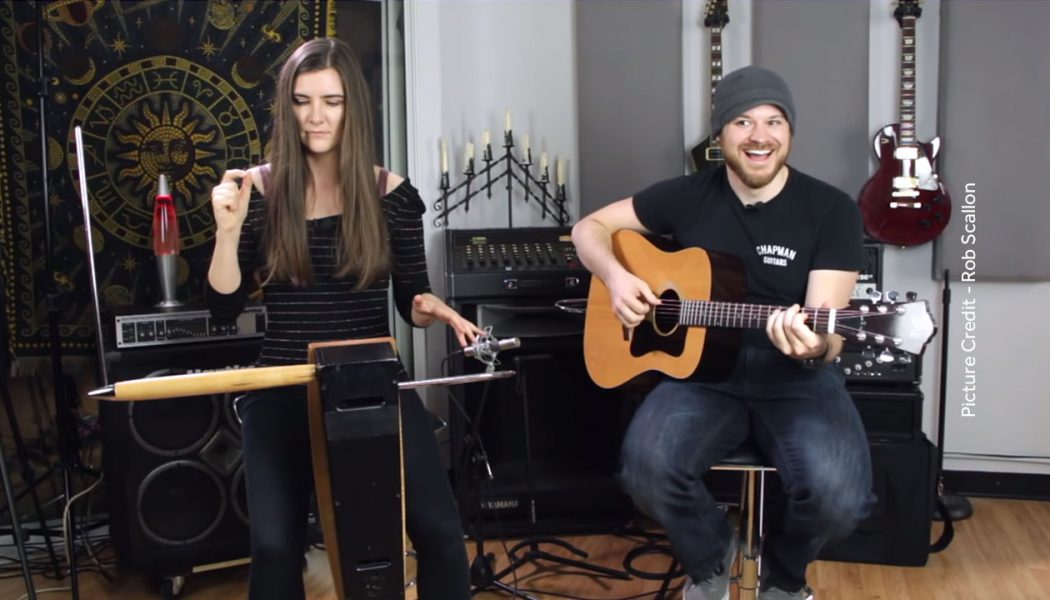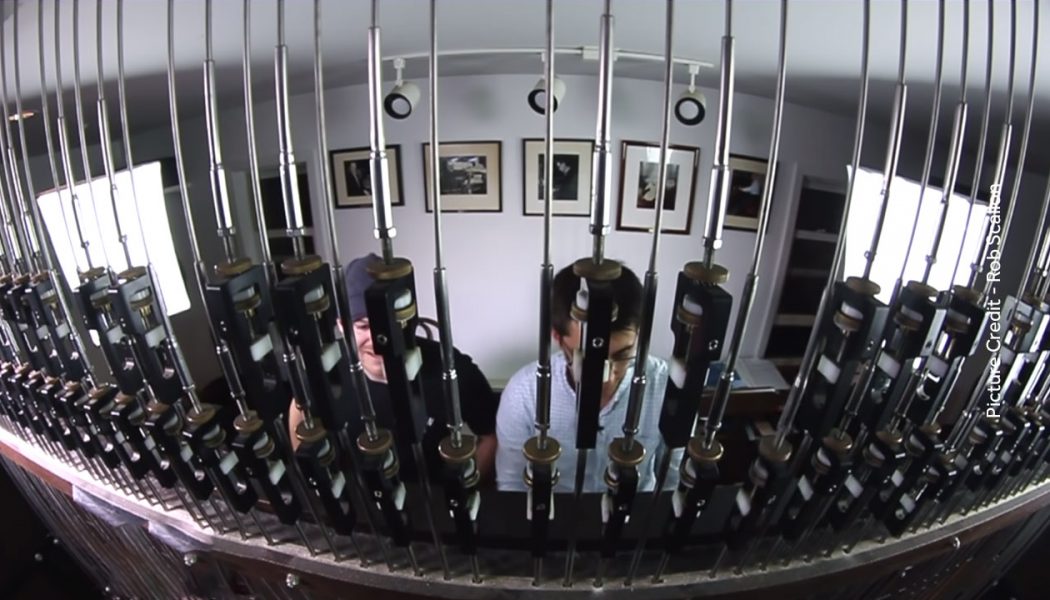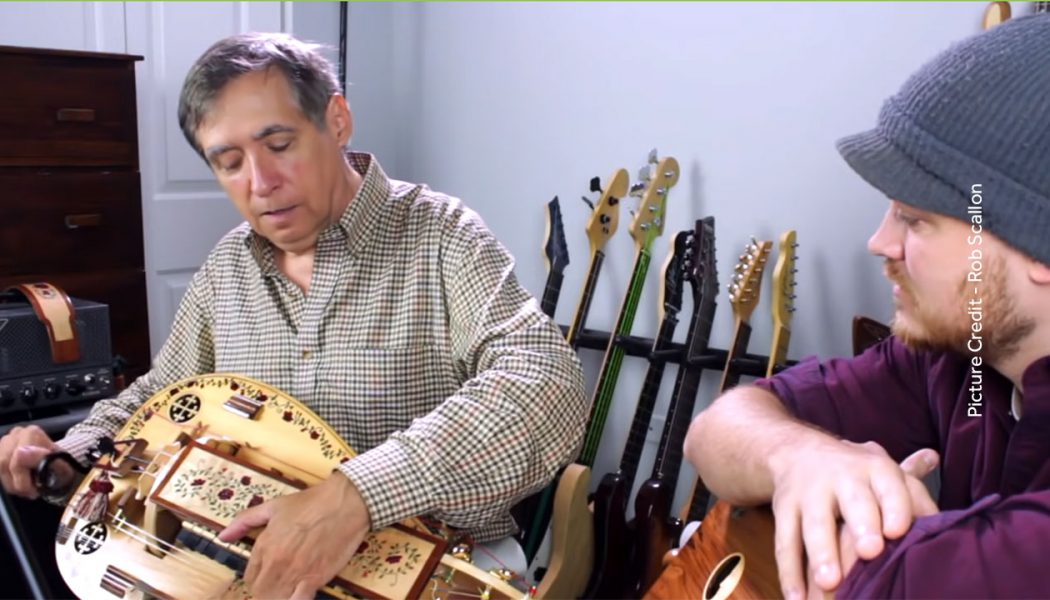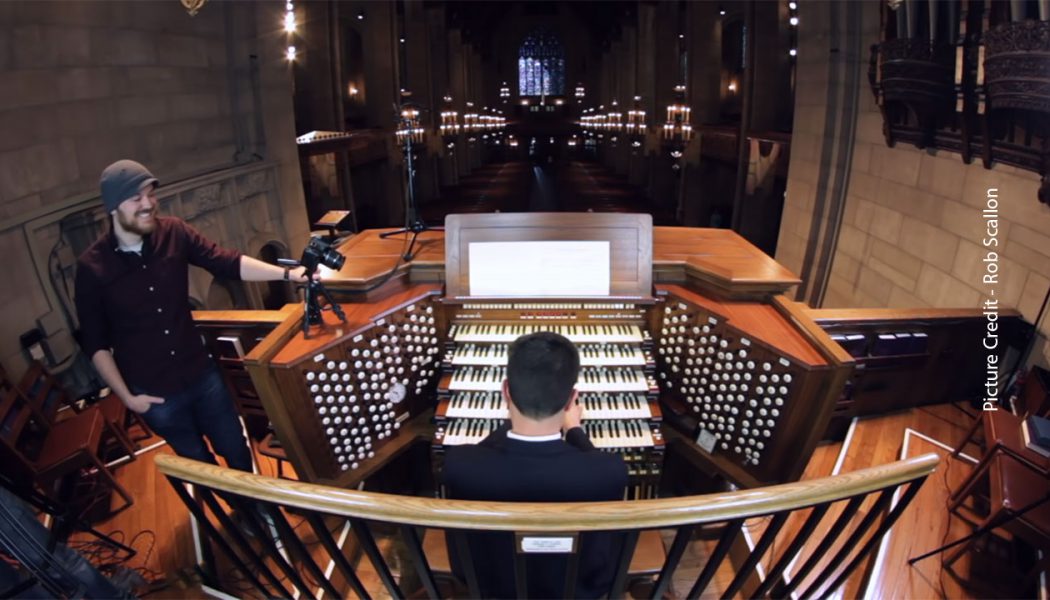Instrumental Music
Instrumental Music – Taiko Drummers
Taiko is a Japanese percussion drum in fact of a broad range of drums. It is the common name with which a drum is known in Japan. Drums have a mythological origin in Japanese folklore. Taiko are associated with Shintoism and Buddhism festivals and concerts. Kumi-Daiko or a “Set of Drums” is a form of ensemble Taiko drumming. Taiko were used in Warfare and Traditional functions. Today we have a performance of Taiko Drummers. Enjoy this video. Video provided only for illustration – Credit: Senzoku Gakuen College of Music 00
Instrumental Music – Japanese Drummers
Featuring today, one interesting video – Drummers of Japan. Different types of Japanese Drums are used by the artists. Indeed, there are lots of artists and talents which we haven’t heard of or seen before. Encourage them and enjoy this highly energetic music and beats created by them. Yamato was founded in Japan’s Nara Prefecture in 1993. The troupe has performed in 54 countries and done over 4000 performances. Every year they tour the world, creating and presenting original Yamato compositions. Video provided only for illustration – Credit: Нели Гюрковска 00
Kalimba
The Kalimba is a small and unique musical instrument thought to have existed in Africa for hundreds of years. The instrument has grown in popularity worldwide. It consists of a wooden board fitted with a resonator with attached staggered metal tines. Kalimba is played by holding the instrument in the hands and plucking the tines with the thumbs, the right forefinger, and sometimes the left forefinger. Kalimba is an evolution of an ancient instrument called Mbira. Let us watch a video on Kalimba. Video provided only for illustration – Credit: Arizona Public Media 00
Instrumental Music – Flute – Rajesh
Here is a very beautiful Malayalam Film Song rendered on Flute by Sri Rajesh Cherthala. It is presented by him as a tribute to the Great Music Director Late Raveendran Master. The original song “Poikayil, Kulir Poikayil” is from the movie Rajashilpi by Mohanlal and Bhanupriya. Artists in this video are Rajesh on Flute, Anoop Anand on Keyboard, Mahesh Mani on Tabla. Enjoy the song. Video provided only for illustration – Credit: Rajesh Chertala 00
Marimba and Vibraphone
Here is a short video of combination of Instruments Marimba and Vibraphone. Marimba is a percussion instrument having a set of Wooden Bars. The Bars are struck with Yarn or Rubber Mallets to produce musical tones. Resonators or pipes are suspended underneath the bars to produce and amplify the sound. Vibraphone belongs to the struck idiophone subfamily of musical instruments. It consists of tuned Metal Bars which is played by holding two or four soft Mallets, by striking the Bars. Marimba is used in solo performances, woodwind and brass ensembles, concertos, jazz ensembles etc. Vibraphone is commonly used in jazz music, orchestra, concert bands etc. Let us watch a video. Video provided only for illustration – Credit: Christoph Sietzen 00
Pedal Steel Guitar
Pedal Steel Guitar is a stringed musical instrument that has pedals and knee levers. These pedals and levers change the pitch of the strings, thus enabling playing of varied and complex music. It is a console type of steel guitar. Steel Guitars are played by moving a steel bar or a similar hard object against plucked strings. The Steel Guitar does not have frets. Strings are plucked by the fingers of one hand while a steel tone bar is pressed against the strings and moved by the opposite hand. Pedals were added to Steel Guitars in 1940 and thus we have the Pedal Guitars now. Let us watch a video on playing Pedal Steel Guitar. Video provided only for illustration – Credit: Doug Beaumier 00
Cristal Baschet
We will today have a look at a Musical Instrument that needs to be wet – none other than the Cristal Baschet. It is a musical instrument developed by two brothers Bernard and Francois Baschet in 1952 and having French origin. Cristal Baschet is also known as Crystal Organ. Its range is mostly five octaves but varies from 3.6 to 6 octaves, made of a number of chromatically tuned Glass Rods. The musicians play the instrument by rubbing the rods with wet fingertips. Metal rods are embedded in a heavy plate to form the elements of the instrument. Each metal rod is accompanied by attached glass rod. The metal rod’s length, weight and position at the equilibrium point determine the pitch of the sound produced. There are resonators similar to a loudspeaker Watch a video by Rob Scallon...
Koto
Koto is a Plucked String, Half-Tube Zither Musical Instrument of Japanese origin. It is the National Instrument of Japan. Having length of about 180 centimetres, it is normally made of Paulownia Wood. Most Kotos are made of 13 strings strung over movable bridges which are used for tuning the instrument. There are 17 string versions also used commonly. Strings are plucked using three fingerpicks worn on the first three fingers of the right hand. In this video Rob Scallon takes us through the instrument. Tokiko, a Japanese maestro in Koto explains about the instrument while playing it. Her translator Keiko does a good job between Tokiko and Rob Scallon. Tokiko explains that the body of the Koto is hollow and the tuning is done by movable bridges kept at different positions. She explains that...
Theremin
Theremin is an Electronic Musical Instrument. It is invented by Leon Theremin, a Russian and Soviet inventor. Theremin is played without physical contact by the artist. The instrument Theremin has been used in many movie sound tracks and also used in concert music. It works on proximity sensors Theremin has a controller which consists of two metal Antennas which sense the relative position of the player’s hands. It controls Frequency of the Oscillators with one hand and the Amplitude (Volume) with the other hand. The Electric Signals generated by the instrument is fed to the Amplifier and then to the Loudspeaker. Here is a video by Rob Scallon along with Karolina Ike who has mastered this instrument. She explains in detail about the instrument. Let us watch the video. Video provided ...
Carillon
Carillon is a pitched percussion instrument that is played with a keyboard, usually found in churches. It consists of several bells made of cast bronze fixed in suspension. These bells are tuned in chromatic order and can be sounded together harmoniously. All these bells are housed in bell towers. Here is the second biggest Carillons in the world, consisting of 100 tons of 72 bells housed inside a tower. Some of these bells are of the size of a car. There is a massive keyboard with which the Carillon is played. In this video Rob Scallon introduces Joey Brink who explains about this massive Carillon in the University of Chicago at 1928 Rockefeller Chapel. Let us not waste time and go straight into the video. Video provided only for illustration – Credit: Rob Scallon 00
Hurdy-Gurdy
Hurdy-Gurdy is a musical instrument which not familiar to many of us. Here is a video on this unusual instrument, captured by Rob Scallon and explained by Jim Carrol. Hurdy-Gurdy is a medieval wheel instrument dating back to thousand years ago. The name literally means a String Instrument of the Wheel. Hurdy-Gurdy was replaced by the Pipe Organs later. The instrument was initially used in the Catholic Church and its original function was liturgical (for worship) as explained by Jim. There are about 80 moving parts in the Hurdy-Gurdy instrument. There is a turning wheel, keys and tuning pegs to tune the strings to produce different notes. The wheel is turned by hand which produces vibration of the strings. The wheel acts like a bow. Let us watch Jim Carrol explaining about this instrument. ...
Pipe Organ
We are going to see one of the giant Pipe Organs in the world, an instrument having the size of a building. This is in the Presbyterian Church in Downtown Chicago and Mr. John Shearer talking about the Pipe Organ. The Pipe Organ is actually a wind instrument. The church is the supporting structure and resonating chamber of the organ, making it a vital piece of the instrument itself. It is a multi-instrument in one single instrument of its kind. He says, each one the pipes weighs about thousand pounds and this organ has more than 8000 pipes in total. The pipes are up to 32 feet tall. The bigger the pipes, the lower the notes played by it. Some pipes are as small as the little finger, which play really high notes. The pipes are scattered all over the place – front, back and the side. T...
